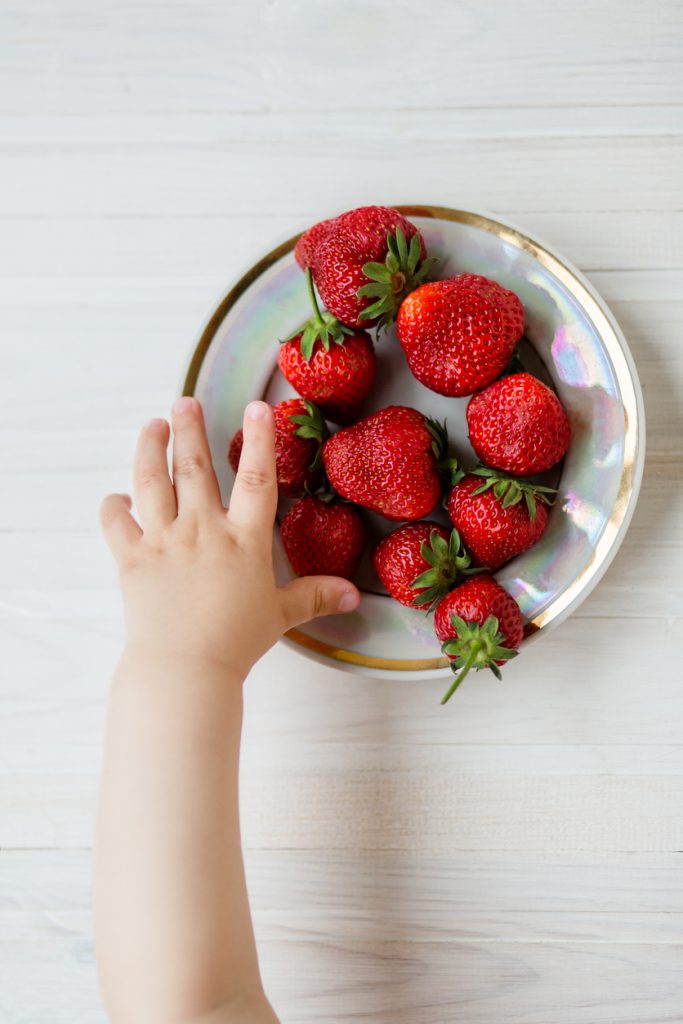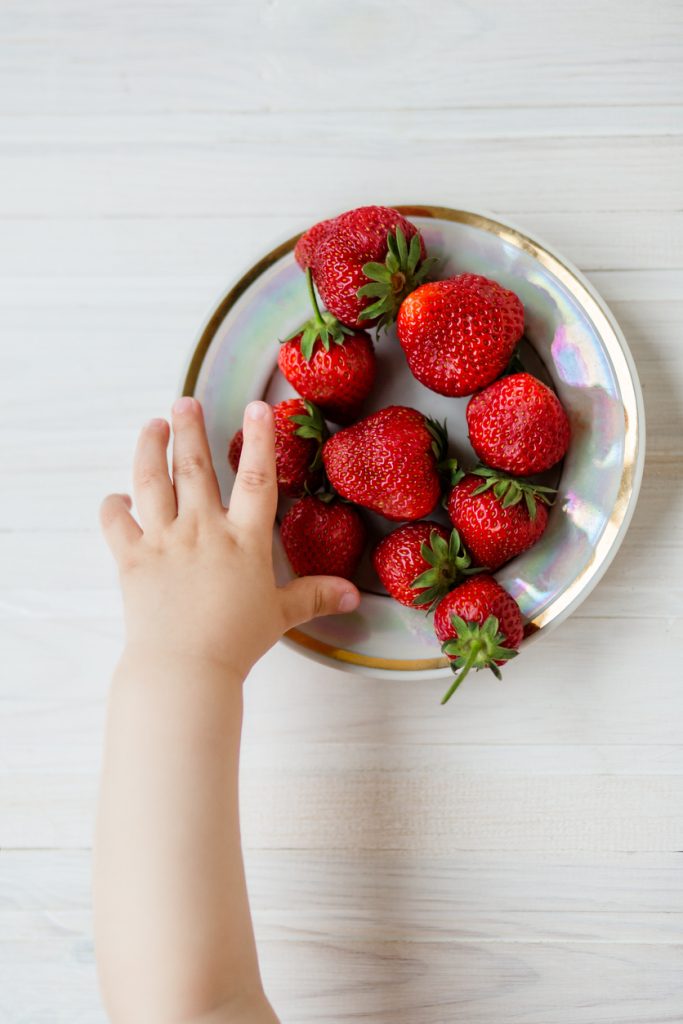Managing a baby’s eczema takes detective work. Food often plays a key role in flare-ups. Let’s explore how to spot these triggers and handle them.
The usual suspects might surprise you. Cow’s milk sits at the top of the list. Many babies react to it through formula or breast milk. Eggs come next, with the whites causing most problems. Peanuts, tree nuts, soya, wheat and fish round out the common triggers.
Your baby sends clear signals after eating trigger foods. Watch for new red patches or extra scratching. Tummy troubles often tag along – wind, diarrhoea or fussiness during feeds. These signs help build the picture.
A food diary becomes your best friend. Note everything your baby eats or drinks. Breastfeeding mums should track their own meals too. Include times, amounts and any skin changes. After a few weeks, patterns start jumping out.



Reaction timing varies wildly. Some babies show signs within minutes – think hives or immediate scratching. Others take days to react with slowly worsening eczema. Both quick and slow reactions give valuable clues.
Weaning needs a gentle touch. Pick one new food at a time. Give it 3-4 days before trying the next. Start safe with rice, sweet potatoes or pears. Save those tricky foods like eggs or wheat for later.
Talk to your GP before cutting out foods. Random elimination risks missing key nutrients. Your doctor might suggest allergy testing. A dietitian helps create balanced meals that dodge the triggers.
Fruit brings its own challenges. Citrus, strawberries and tomatoes can set off sensitive skin. Watch for redness around the mouth after eating these. Cooking fruit often makes it easier to handle than raw.
Hidden ingredients love to cause trouble. Milk sneaks into many baby foods under different names. Soya pops up everywhere too. Learn the code words – ‘whey’ means milk, ‘lecithin’ often points to soya.
Good news: many babies outgrow their triggers. Test small amounts every few months. Work with your doctor on this. Foods that caused chaos at six months might be fine by age two.
Seasons throw extra curve balls. Summer heat can make food reactions worse. Winter brings its own challenges. Add these details to your diary – they matter.
Cooking changes everything. Some babies handle baked egg in cakes but can’t touch scrambled eggs. Roasted nuts might work while raw ones cause havoc. Test different cooking styles once you know your safe foods.



Focus on skin-friendly foods too. Try oily fish if it’s safe – the omega-3s help healing. Sweet potatoes pack vitamin A for healthy skin. Meat provides zinc that aids repair. Mix these with your known safe foods.
Trust those parent instincts. You spot patterns others miss. If a food feels wrong, skip it for now. Try again in a month. Keep your health team in the loop about strong reactions.
Build meals around safe foods. Create a bank of reliable recipes. Find swaps for problem ingredients. Rice milk (after 12 months) steps in for cow’s milk. Ground sunflower seeds replace nuts nicely.
Boost that immune system. Pack in fruits and veggies that don’t trigger reactions. Keep meals colourful within safe limits. A strong immune system helps tackle eczema better.
Every baby walks their own path. One might react to everything while another has just one trigger. Some outgrow reactions quickly, others take time. Your journey stays unique to your little one.
Keep your chin up through the process. Finding triggers takes patience but each discovery helps manage the eczema better. Your healthcare team stands ready to support you. Together you’ll find the right balance for your baby.
Record your wins along the way. Note which foods work brilliantly. Share successful recipes with other parents. Small victories add up to big improvements in your baby’s comfort.
This journey teaches you loads about your baby. You become an expert in their needs. That knowledge helps you handle future food challenges with confidence. Stay patient, stay observant, and celebrate every step forward.